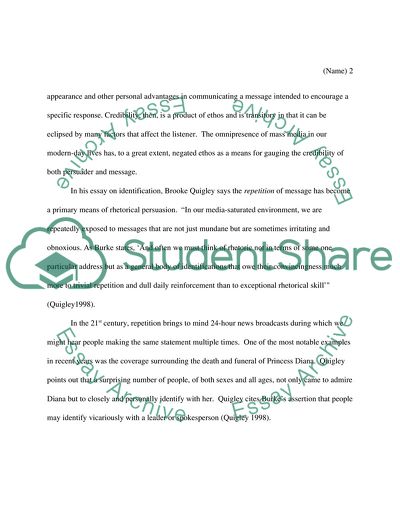Cite this document
(Contemplating Symbolic Action Through the Prism of Mass Media Research Paper, n.d.)
Contemplating Symbolic Action Through the Prism of Mass Media Research Paper. https://studentshare.org/social-science/1747145-kenneth-burke
Contemplating Symbolic Action Through the Prism of Mass Media Research Paper. https://studentshare.org/social-science/1747145-kenneth-burke
(Contemplating Symbolic Action Through the Prism of Mass Media Research Paper)
Contemplating Symbolic Action Through the Prism of Mass Media Research Paper. https://studentshare.org/social-science/1747145-kenneth-burke.
Contemplating Symbolic Action Through the Prism of Mass Media Research Paper. https://studentshare.org/social-science/1747145-kenneth-burke.
“Contemplating Symbolic Action Through the Prism of Mass Media Research Paper”. https://studentshare.org/social-science/1747145-kenneth-burke.


